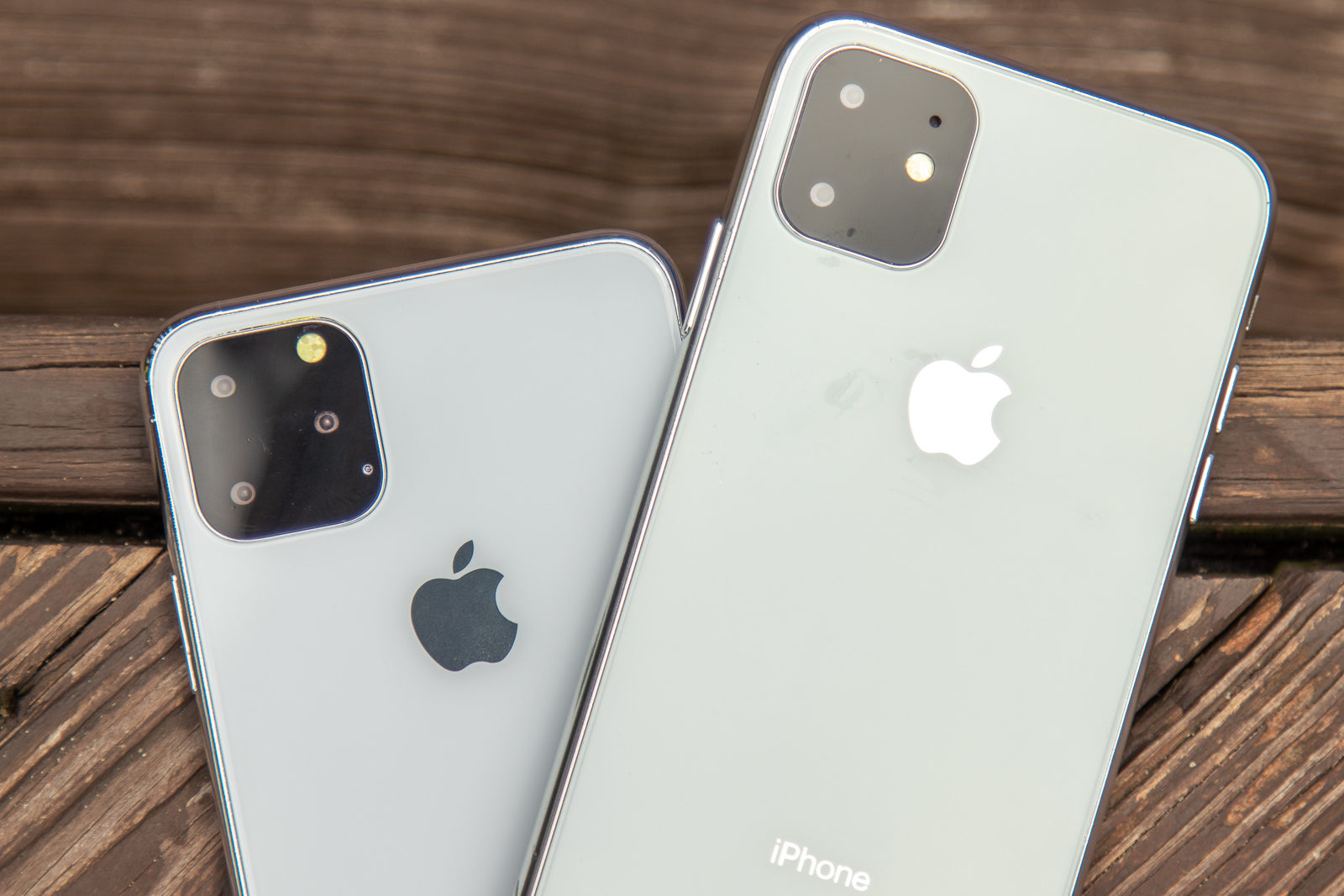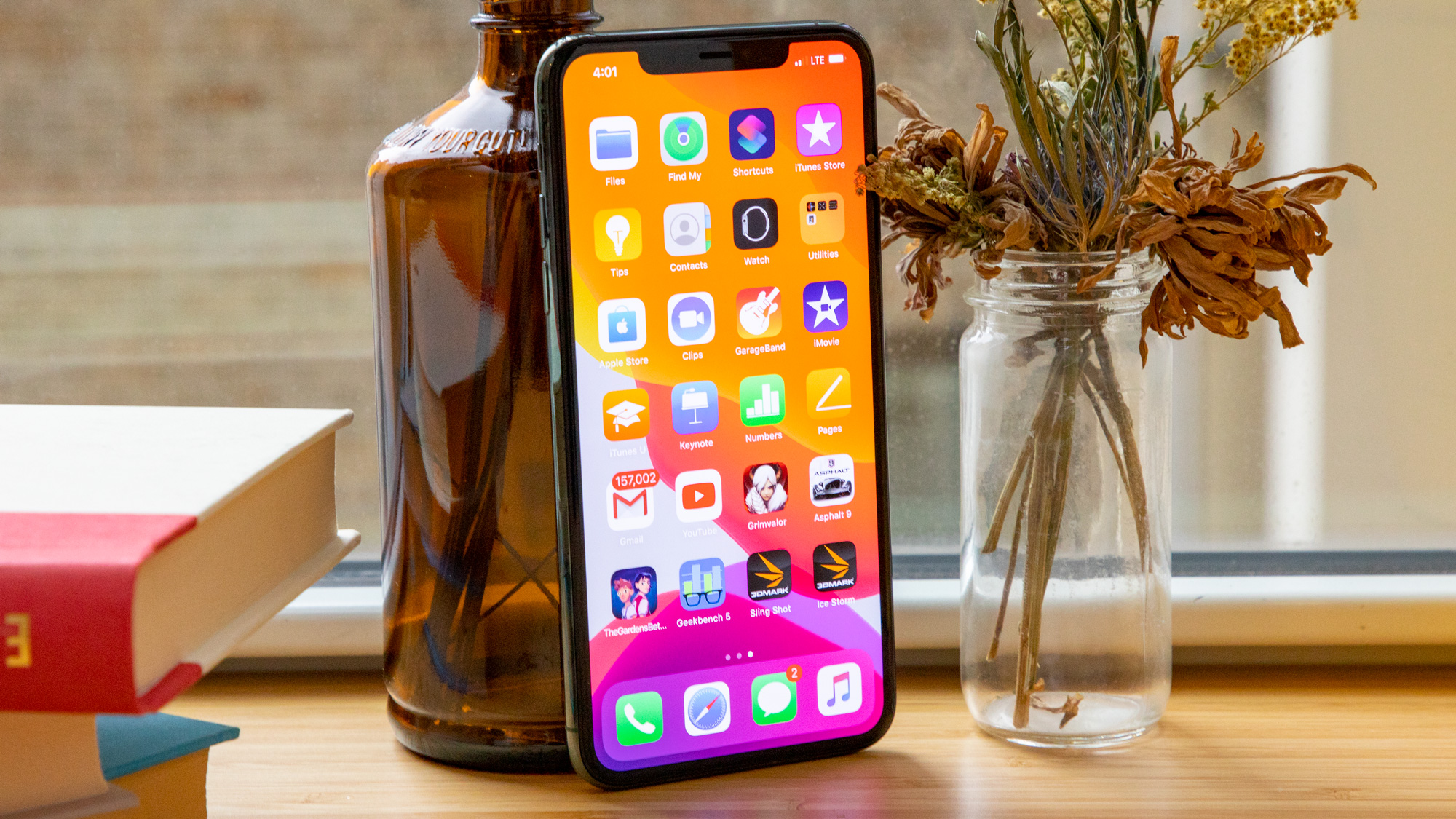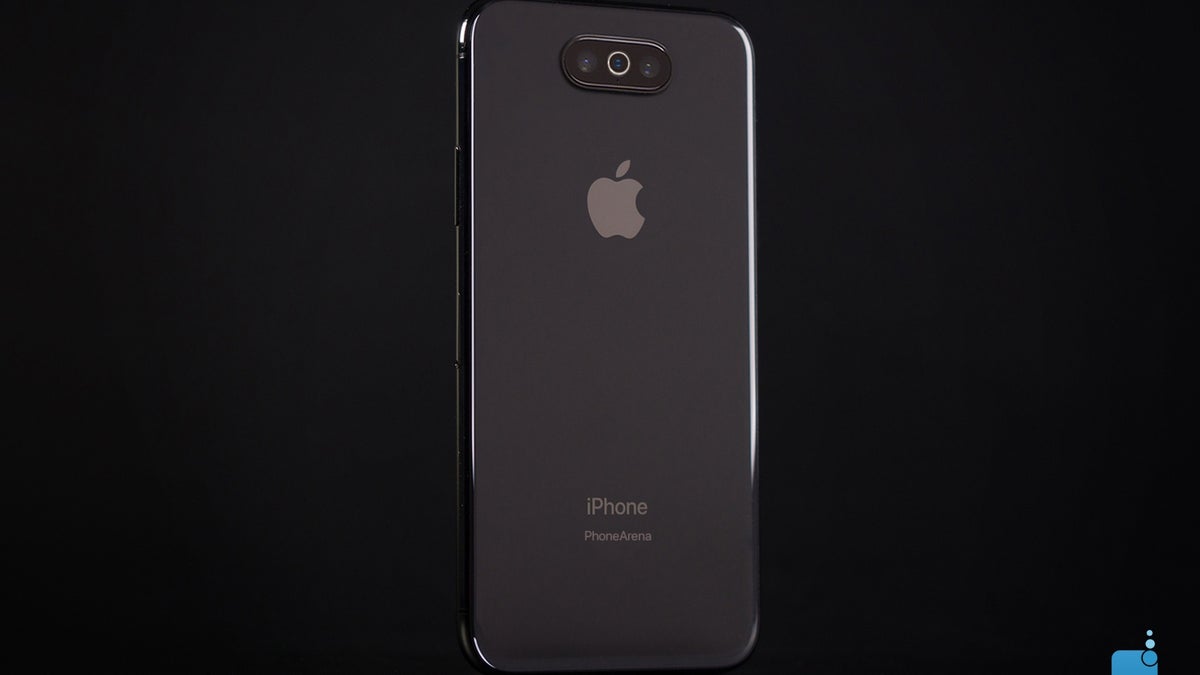
CAMERA PLUS PRO APP IOS 11 PORTABLE
Just like a smartphone, the iPad is a convenient, portable device. However, when comparing functionality, the iPad camera has an edge. Both take stunning photos and are ideal for landscapes, group shots, and other wide-angle images. This camera mode helps you master exposure in low light photography.Ĭamera quality is virtually the same on iPhone vs.
CAMERA PLUS PRO APP IOS 11 PRO
CAMERA PLUS PRO APP IOS 11 PLUS
Note: the iPhone 11 Pro and Pro Max phones feature the dual cameras, plus a telephoto lens with an f/2.0 aperture. This is a notable difference between the iPad camera and iPhone 11. Aperture f/1.8 and f/2.4: The Wide camera uses the f/1.8 aperture, while the ultra-wide camera has an f/2.4 aperture.High resolution: The two 12MP cameras produce pristine, high-resolution images.The other is a 12MP ultra-wide lens, just like the iPad camera. Dual rear camera: Apple iPhone 11 also has two rear cameras.It is much sharper and clearer than standard HD video. 4K video: The 4K video display means the iPad has 8 million active pixels.The iPad offers a small aperture (f/1.8), which means it has a wide lens opening that lets in a significant amount of light. Aperture f/1.8: Remember what aperture means? It’s the size of your camera’s lens opening, and it’s measured in f-stops.High resolution: The primary lens is a 12MP wide camera, which produces high-resolution images.The updated tablet “now includes 10MP Ultra-Wide camera that zooms out two times to capture a much wider field of view,” according to an Apple press release. Dual rear iPad camera: Apple added a second camera to its 2020 iPad Pro.
Below are the notable camera features of the Apple iPad Pro and Apple iPhone 11.

For comparison purposes, let’s look at the latest versions of each device. Technically speaking, there are very few differences between the iPhone and iPad cameras. In some cases, an iPad camera has the upper hand.

That doesn’t mean your iPhone is always the best choice. The button will also display a length of time, such as "1s," (one second) indicating how long it will take to capture the photo, which means that's how long you'll have to hold still after pressing the shutter button.When you want to take a photo, what do you do? Grab your iPhone, of course. If it's yellow, that means Night Mode is active. Whenever your iPhone determines there's not enough light available, the Night Mode icon (it looks like a moon with a few lines through it) will show up next to the arrow button. Using the iPhone 11's new Night Mode is something you really don't have to think about. It's pretty impressive, and thankfully, you don't have to do anything. My advice? Take a photo in an area with medium lighting of an object that has a lot of details, like a pet's face or a colorful blanket, and then zoom in on it to see the finer details. CNET's Patrick Holland explains how it works and when Deep Fusion is used in greater detail. Your iPhone 11 will take photos using the new technology when appropriate. There isn't a Deep Fusion setting or toggle for you to turn on. It's a buzz term that Apple coined when it announced the iPhone 11, and it was later released in iOS 13.2. Your photos look better because of Deep FusionĪh, yes. Scroll down and turn on View Outside the Frame.Ī photo captured using the iPhone 11's Deep Fusion tech. If that sounds appealing to you, open the Settings app and select Camera. While it may not be as useful as zooming out on a shot after the fact, it's sure to lead to less confusion and a more consistent experience overall. When this feature is turned on and you switch between cameras, that black area will become transparent to give you a glimpse. The preview, if you will, is behind the typically black interface where the shutter button and settings are. For example, if you're taking group photo using the Wide camera, but struggling to get everyone in the shot, you can preview what the ultra-wide camera will capture.

When this feature is turned on, the viewfinder on your iPhone will show you what the iPhone 11's extra cameras can see. It was confusing and it wasn't all that clear when it would actually work, which I think is why Apple changed it to **View Outside the Frame**. When the iPhone 11 first launched, there was a special feature that let you zoom out on a photo after you captured it. Alternatively, you can also swipe across the viewfinder to reveal the toggles. The arrow will change directions and reveal the various toggles - flash, live photos, aspect ratio, timer and filters - and you tap the button again to hide them once you're done. To view all of the toggles, tap on the arrow that's at the top of the screen if you're holding your iPhone vertically.


 0 kommentar(er)
0 kommentar(er)
